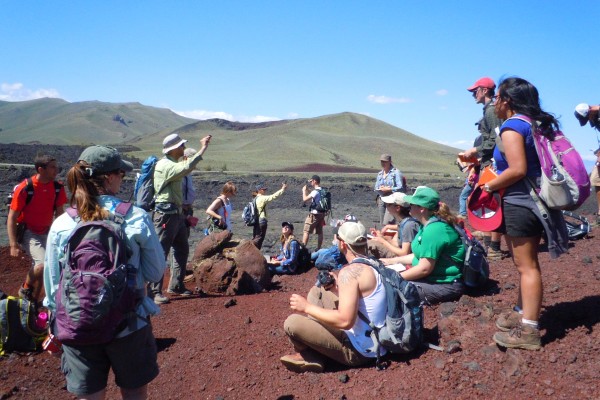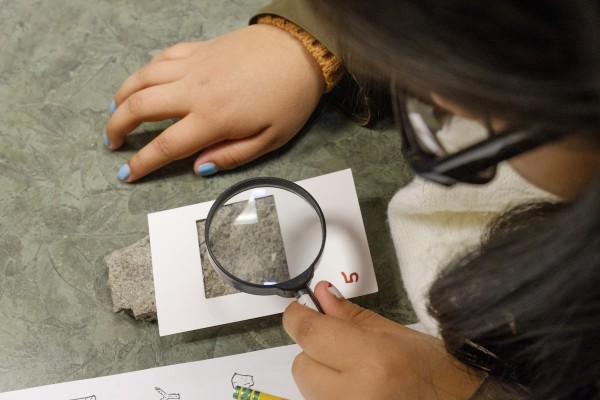
Department of Geology and Environmental Earth Science
The Department of Geology and Environmental Earth Science at Miami University is a vibrant mixture of geologists with diverse specialties and world-class research projects. Along with a wide range of courses and a choice of majors, geology students can work with professors who maintain active research programs in geomicrobiology, geomorphology, hydrogeology, igneous petrology, isotope geochemistry, low-temperature geochemistry, geophysics, mineralogy and crystallography, mineral surface geochemistry, paleobiology, sedimentology and stratigraphy, structural geology, tectonics, and volcanology.









 In over half a century of association with Miami University, Karl E. Limper held positions of Assistant Professor, Associate Professor, and Professor of Geology. He was also Dean of the College of Arts and Science and, in 1964-1965, served as Acting Provost of the university.
In over half a century of association with Miami University, Karl E. Limper held positions of Assistant Professor, Associate Professor, and Professor of Geology. He was also Dean of the College of Arts and Science and, in 1964-1965, served as Acting Provost of the university.